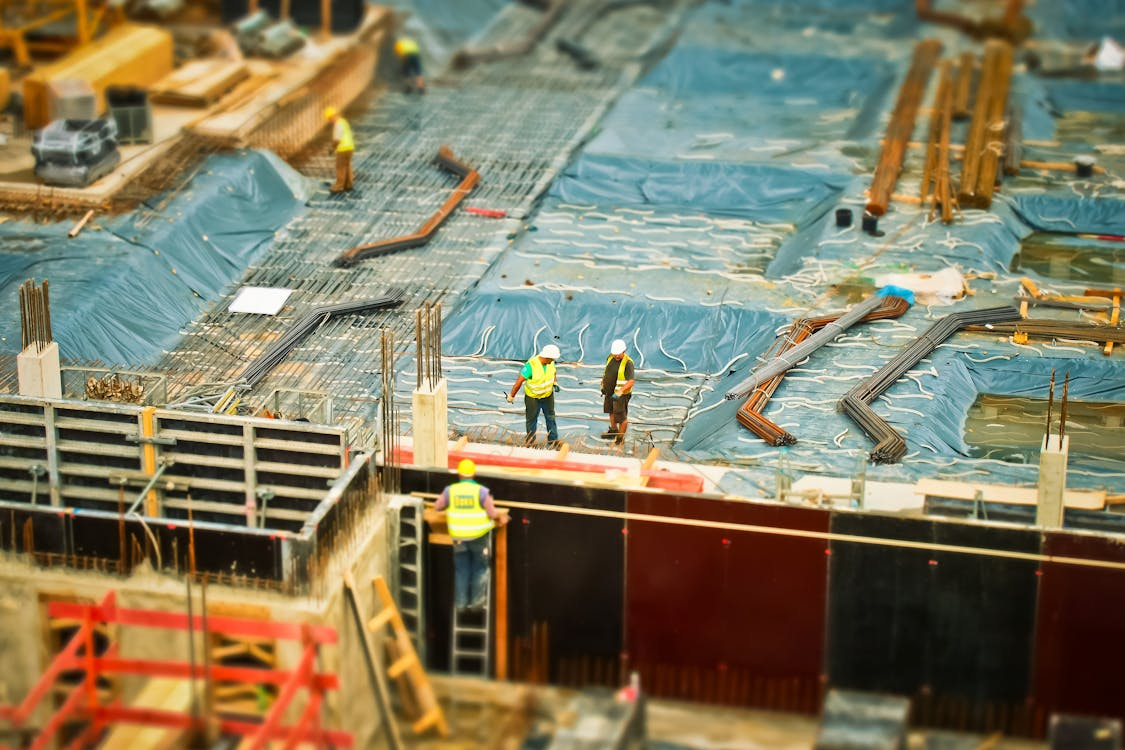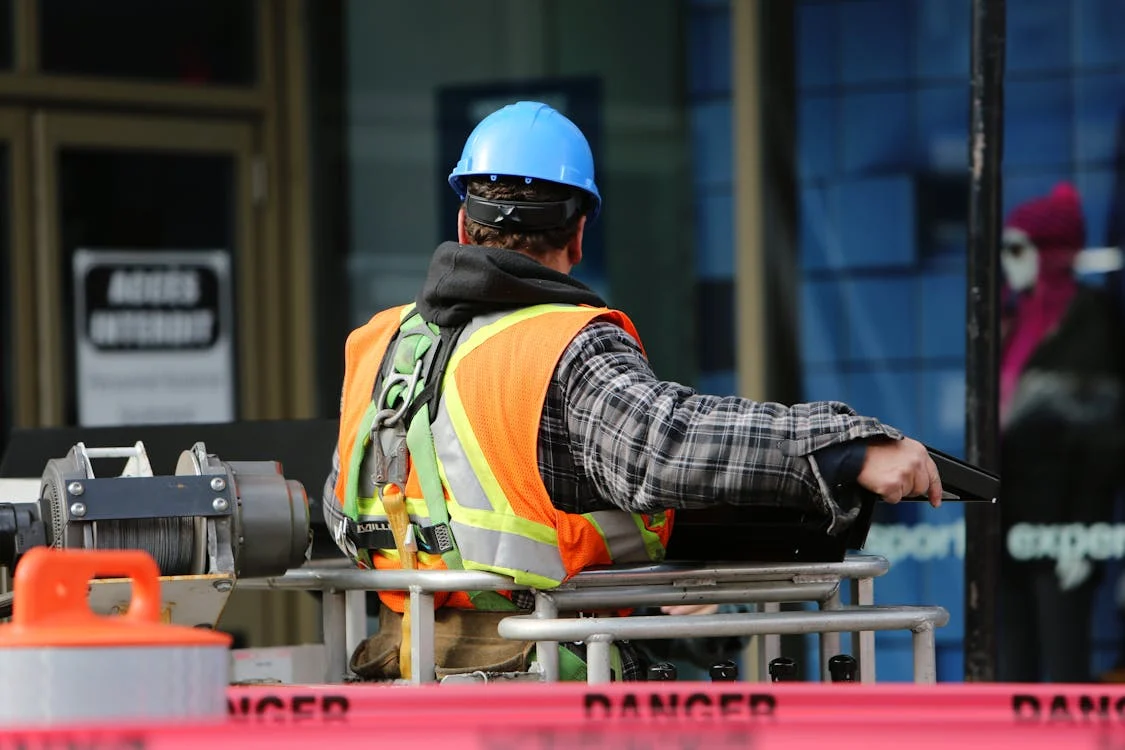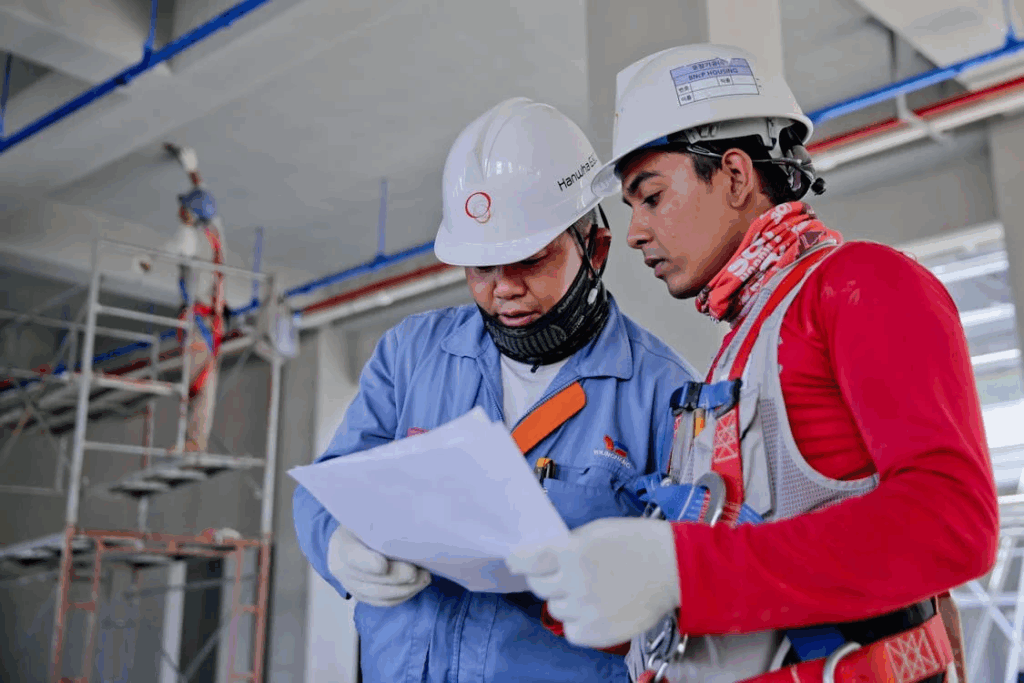Construction projects are often defined by their physical progress—steel rising, concrete curing, schedules advancing. Yet the success of any project is also measured by something less visible but equally critical: the safety of the people who make it happen. A health and safety company in the construction industry plays a vital role in ensuring that no one becomes a workplace statistic. These firms don’t just advise on compliance; they help create the conditions for a sustainable and aware workforce. Whether it’s a small residential build or a multi-million-dollar commercial project, health and safety consultants act as the quiet force behind every safely completed shift. They work with contractors to assess risks, adapt procedures, and train teams in a way that resonates on-site. In an industry where hazards are part of the job, safety should never be assumed—it must be continuously built, monitored, and improved.
Building More Than Just Structures
-
Adapting Health and Safety to Evolving Work Environments
Construction sites today are rapidly changing. Modular builds, increased use of cranes, and tighter urban spaces mean that yesterday’s safety standards don’t always account for today’s work conditions. A health and safety company helps teams respond to this evolving environment by tailoring programs to match current practices and future risks. They focus on proactive hazard recognition and mitigation, rather than simply reacting after an incident occurs. For instance, in cities where vertical construction is standard, there’s a heightened emphasis on fall prevention and structural safety. Contractors must constantly consider overhead loads, scaffolding integrity, and human traffic across levels. Issues such as working at heights in Toronto present unique challenges due to both regulation and geography, pushing safety providers to stay flexible in their strategies. A strong health and safety partner will assess each job site with fresh eyes, offering solutions that align with the real risks workers face daily rather than relying on outdated templates or assumptions.
-
Training That Goes Beyond the Classroom
One of the most important contributions of a safety company is in training. Too often, training is delivered in a one-size-fits-all format that doesn’t reflect the actual demands of the job site. Effective safety firms focus on making learning relevant. They bring real-world examples into their sessions, walk workers through job-specific scenarios, and ensure that safety messages are internalized, not just memorized for a quiz. Whether it’s fire evacuation, lockout/tagout procedures, or hazard communication, training must empower workers to act decisively and responsibly in the moment.

This shift from passive to active learning transforms safety from a regulation into a reflex. In large projects where multiple trades converge, communication becomes a significant variable. Proper training can reduce confusion, establish consistent expectations, and create a unified understanding of who’s responsible for what. When workers are confident in their knowledge and procedures, it not only reduces the risk of accidents but also improves productivity, as teams move with coordinated intent rather than hesitation.
-
Monitoring Safety as an Ongoing Commitment
Safety doesn’t end after the paperwork is signed or after the toolbox talk is delivered. It’s a continuous cycle of inspection, feedback, and adjustment. Health and safety companies provide the outside perspective necessary to catch oversights before they become problems. Regular site audits and walk-throughs offer a third-party evaluation that encourages accountability across teams and roles. Instead of simply enforcing policies, they help interpret and apply them in practical, everyday terms. This process also includes listening to workers, those closest to the hazards. By including worker feedback in safety assessments, safety companies build trust and create protocols that reflect both top-down policies and ground-level realities. Their involvement isn’t intrusive—it’s collaborative. In this way, safety becomes part of the project’s identity. Issues like improper PPE usage, blocked access routes, or exposed wiring can be quickly addressed before turning into recordable incidents. A well-monitored site is a safer site, but it’s also one that performs better in the long term through fewer disruptions and stronger morale.
-
Elevating Leadership Responsibility in Safety Culture
One often overlooked aspect of construction safety is the role of leadership. Foremen, supervisors, and project managers set the tone for how seriously safety is taken. When leadership treats safety as a priority, the message resonates across the site. Health and safety companies support this cultural shift by equipping leaders with the tools and knowledge to lead by example. This means more than issuing reminders—it means demonstrating daily commitment through actions, consistent enforcement, and positive reinforcement. Safety culture thrives when it is not driven solely by policies but by belief—belief that every worker’s wellbeing matters and that leadership is accountable for it. For long-term contractors, investing in this kind of leadership training translates to better employee retention, fewer incidents, and a reputation that attracts both clients and talent.

A strong safety reputation can distinguish a company in competitive bidding environments, not because it’s marketed, but because it’s demonstrated consistently through low incident rates and high compliance scores.
Safety on a construction site is never an accident—it’s the product of planning, vigilance, and commitment. Health and safety companies bring structure to that effort, aligning the physical demands of the job with the human need for protection and clarity. Their impact goes far beyond compliance; they shape the working culture of construction crews, influence leadership behavior, and ultimately ensure that projects can move forward without compromising people. In an industry where the cost of overlooking safety is measured in more than dollars, prioritizing prevention over reaction is the smartest investment a builder can make. As construction continues to evolve with technology, speed, and complexity, the role of a safety company becomes even more central, not as an outside auditor, but as an embedded partner. Through tailored programs, continuous oversight, and responsive training, they help turn dangerous environments into spaces where teams can thrive, grow, and return home at the end of each shift.




